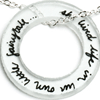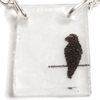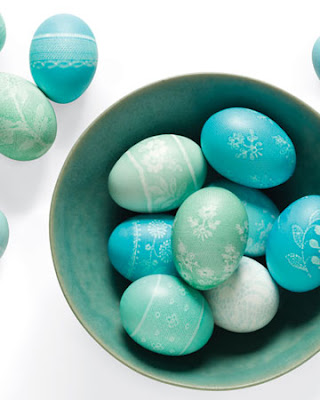There are a few basic tools that I think are especially helpful to have when beginning to make jewelry.
If you want to make a simple beaded necklace or bracelet:
Soft-Flex Wire: This is the best wire I have found to date. It comes in different diameters (.014, .019, .024 which will determine the strength of the wire. The smallest diameters is best used with light weight beads or, even better, pearls. The small diameters are also good for those pesky beads with super tiny holes. The .024 diameter is great for large, heavy duty beads! I like having all three on hand, but if you want to only invest in one, go with the .019. Its basic and will get the job done.
Crimp Beads: To secure your beaded wire to a clasp, you need a crimp bead to attach the two. The crimp bead basically allows you to thread your wire through the crimp bead then the clasp then through the crimp bead again. Once the crimp bead is crimped, the clasp is not going anywhere! The size you buy depends on the wire size you are using. I found this great chart from
Fusionbeads.com
TL0500 Standard Crimping Pliers
| Beading Wire Size | 0.010" | 0.012" | 0.013" | 0.014" | 0.015" | 0.018" | 0.019" | 0.021" | 0.024" |
|
2x2mm Crimp Bead | • | • | • | • | • | • | • | • | • |
2x3mm Crimp Bead | • | • | • | • | • | • | • | • | • |
2x1mm Crimp Bead | • | • | • | • | • | • | • | • | • |
1.25mm Crimp Bead | • | • | • | • | • | • | • | • | • |
1.5x2mm Crimp Bead | • | • | • | • | • | • | • | | |
1.5x3mm Crimp Bead | • | • | • | • | • | • | • | | |
Crimping Pliers: This tool will allow you to actually crimp the crimp bead. Some people like to do it with flat nose or ribbed pliers, but I think the tool is much more secure.
Beads: This is the best part!!! I buy beads everywhere. You can go to your local craft or bead store or even shop online for your favorite stones.
Fire mountain gems is a great place to start.
Lima Beads is also great for more unique gemstone options.
Etsy is also really a great option. Personally, I list many beads that I have as left over from previous pieces and even full strands that I haven't touched yet. Buying at Etsy gives you the opportunity to buy in smaller quantities if you are only making jewelry for yourself and don't need full strands of one type of bead. You can find my shop
here.
Crimp Covers: There are crimp covers if you do not like the look of a crimp bead itself. The crimp cover is an open seemed ball that slides over the crimp and is closed completely with the crimp pliers. This will give your piece a professional, clean look.
 |
| With Crimp Bead |
 |
| Without Crimp Beads |
Clasp: There are many types of clasps you can choose from and I can cover them all if you are interested. I think lobster clasps are the most secure but love the ease of the toggle.
Closed Jump Rings: If the clasp you are using does not come with both the clasp and something it to connect to, use a closed jump rind as the "something to connect to". It is usually the lobster clasps that you'll need the jump ring for. Make sure they are closed jump rings - the open ones are usually not as secure and you risk the chance they will open while wearing them.
If you are wondering about working with wire and metals, I will cover that soon!
I'd love to know - do you have any other tools you think are helpful for a beginner to have?






























